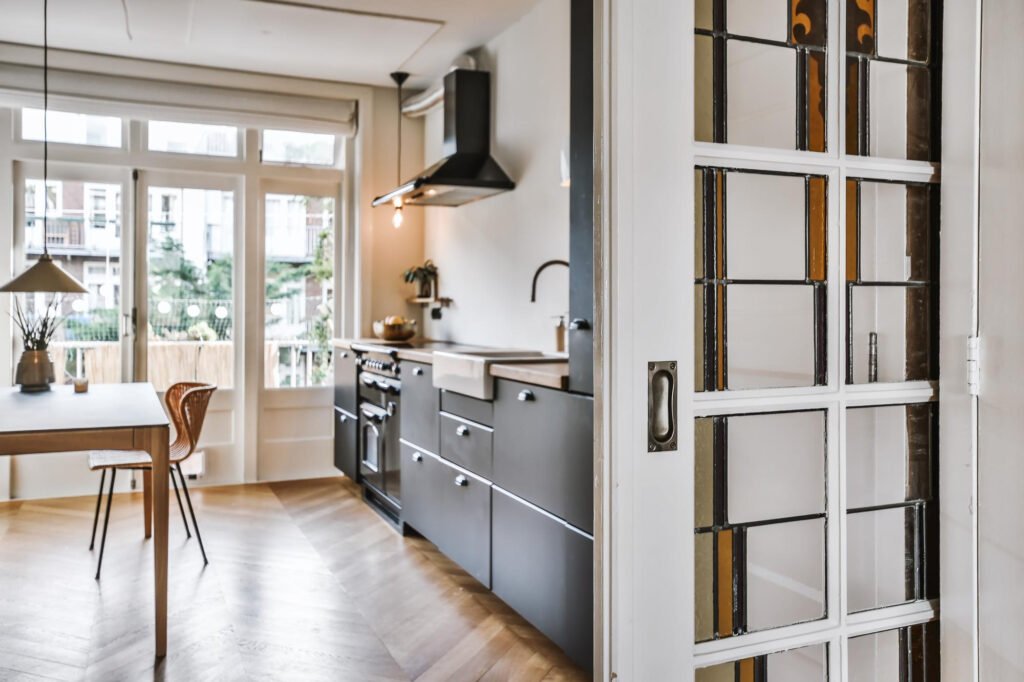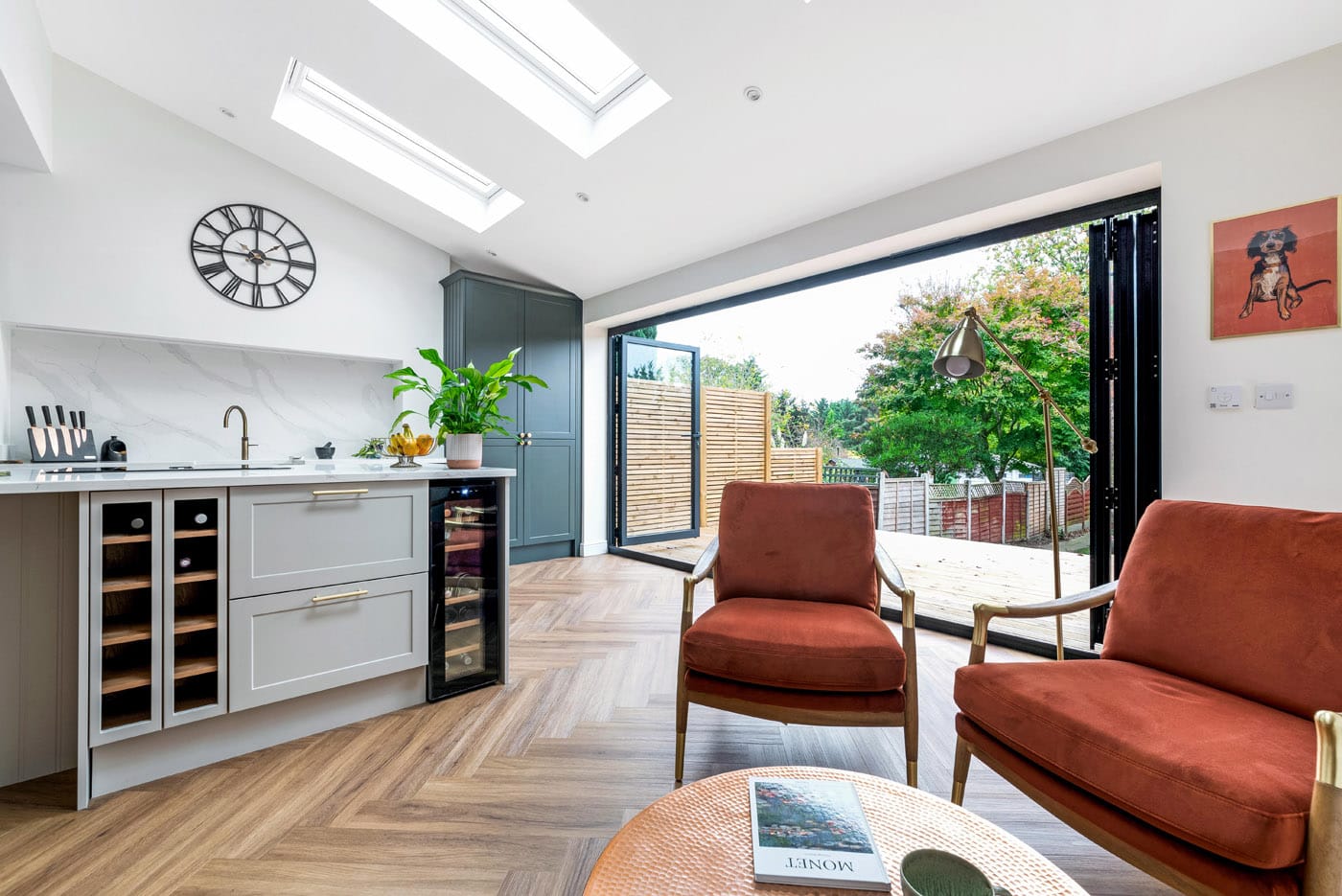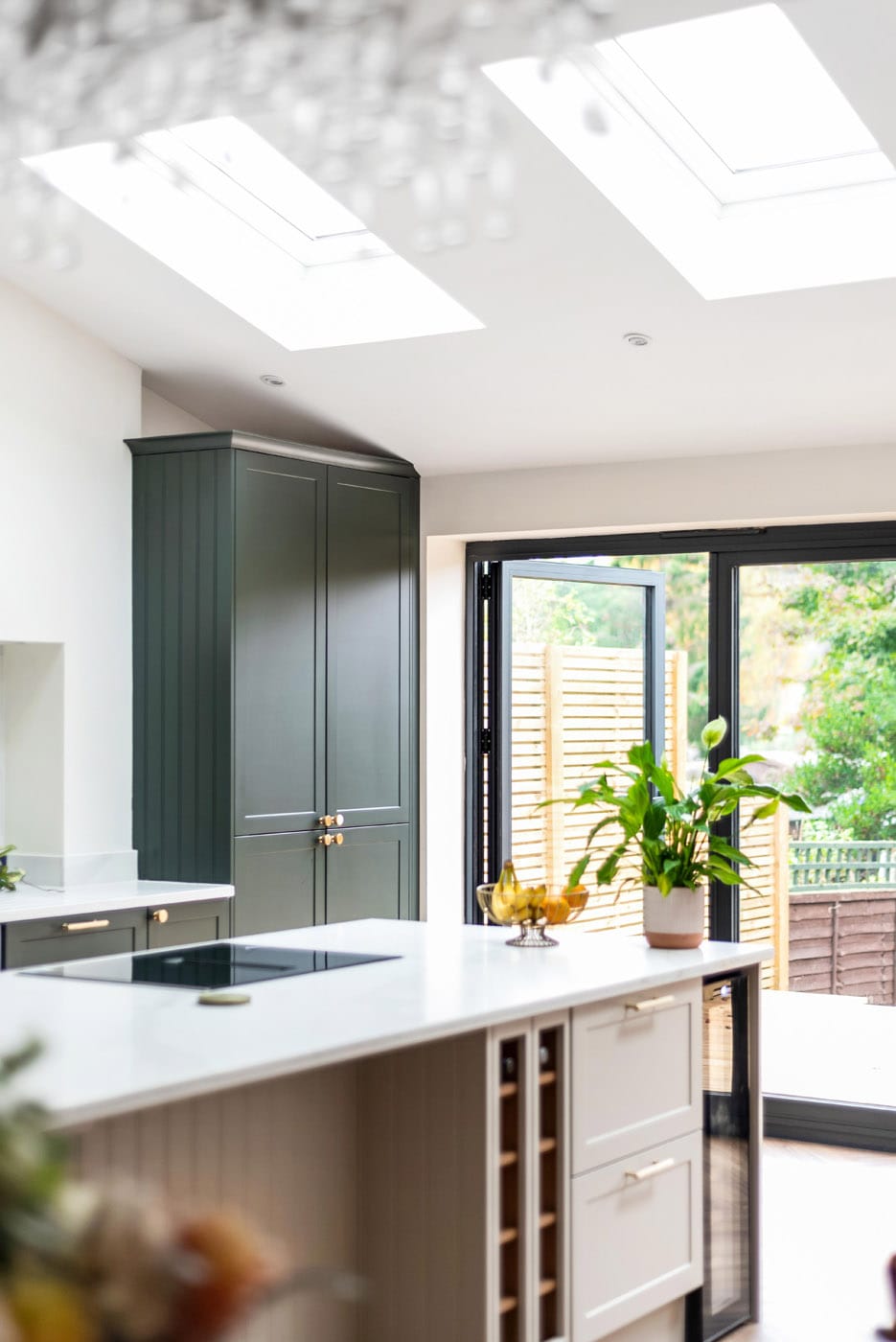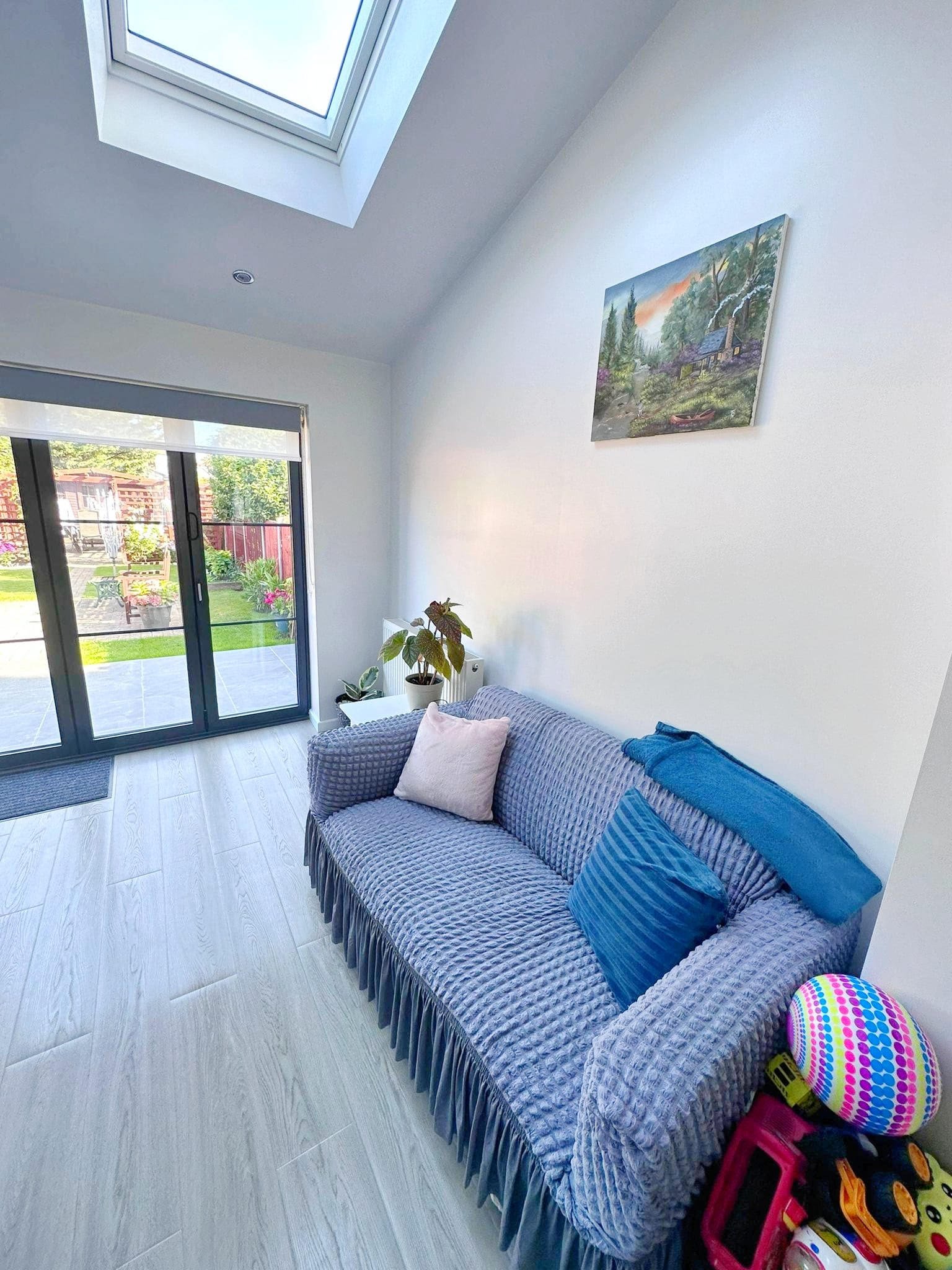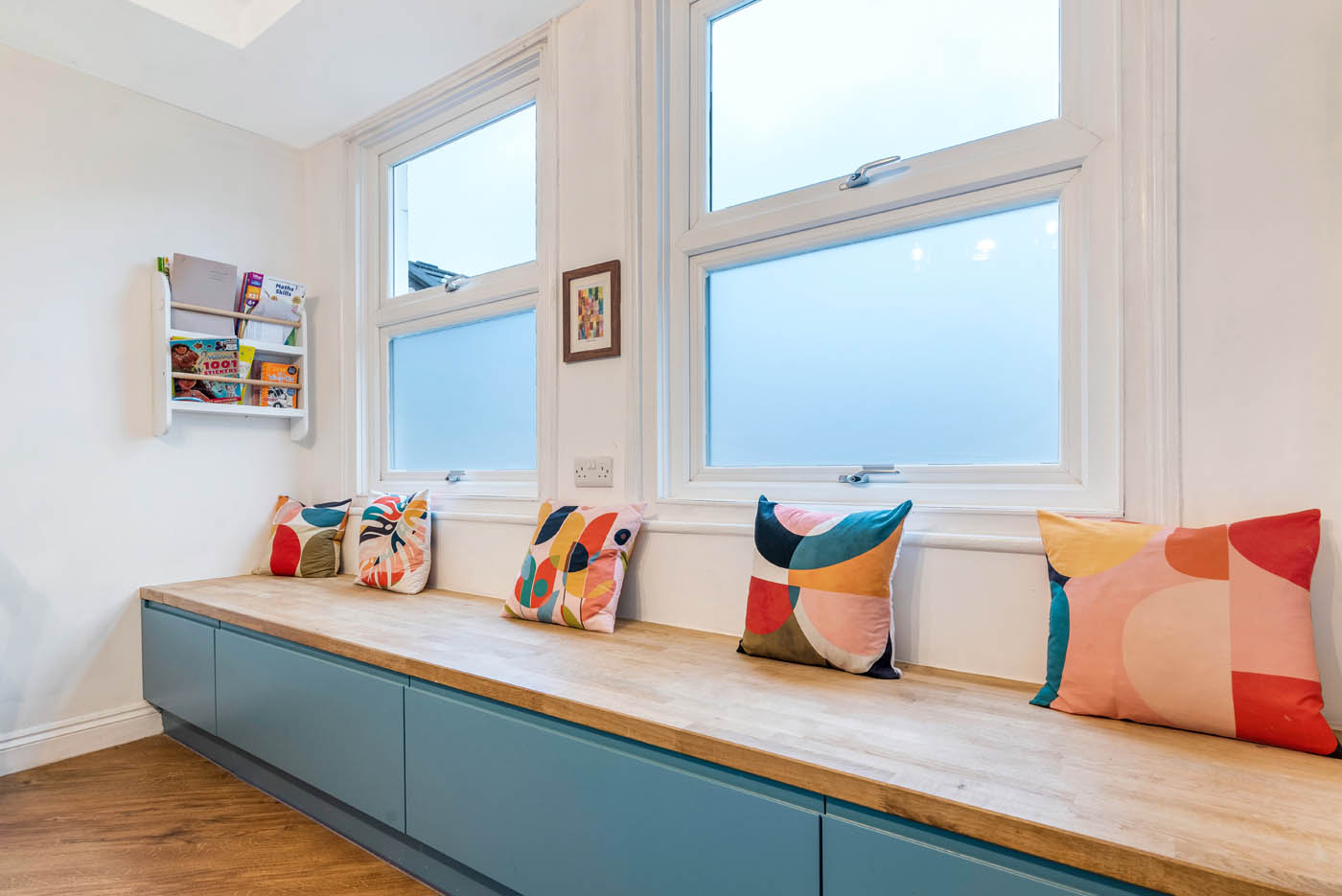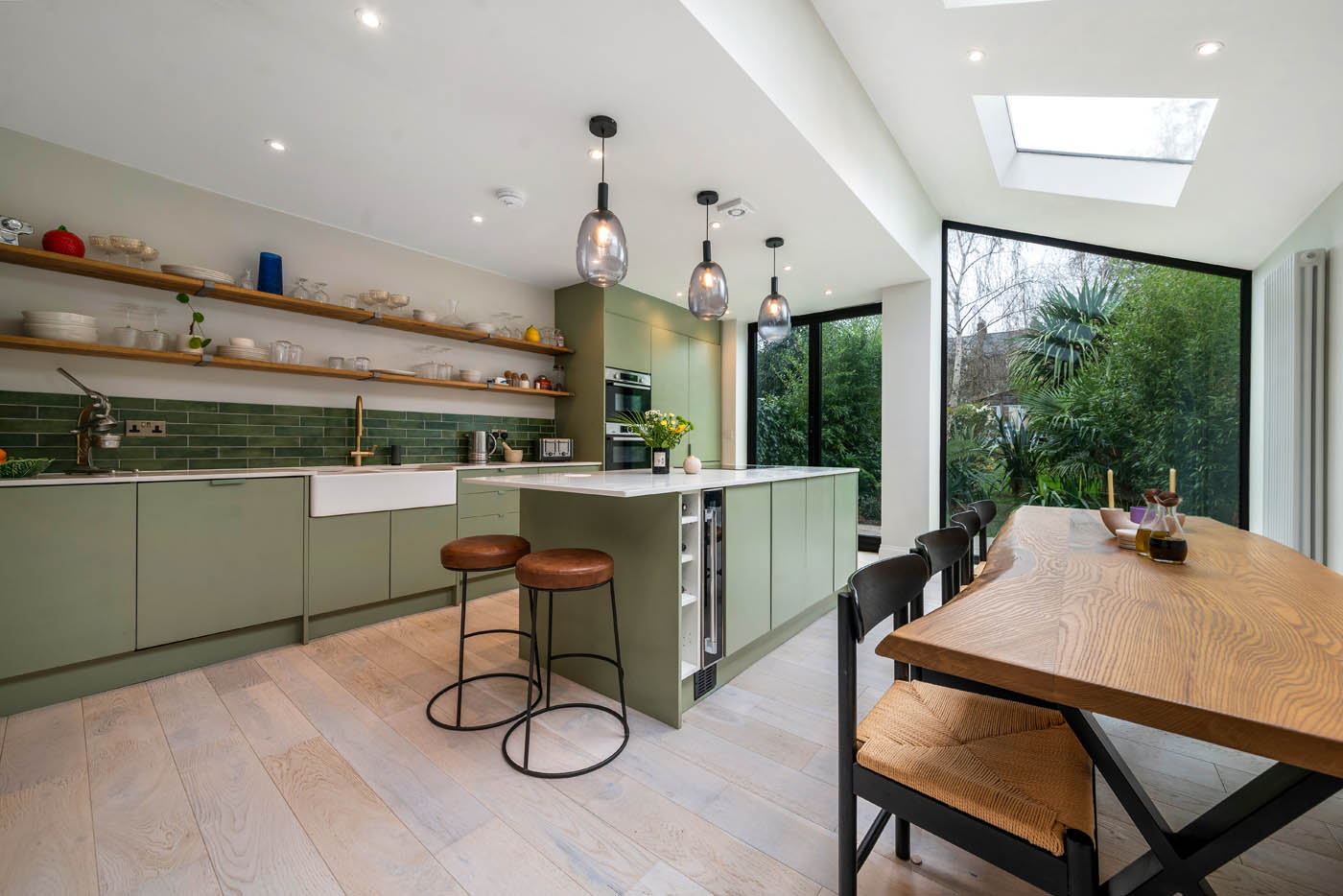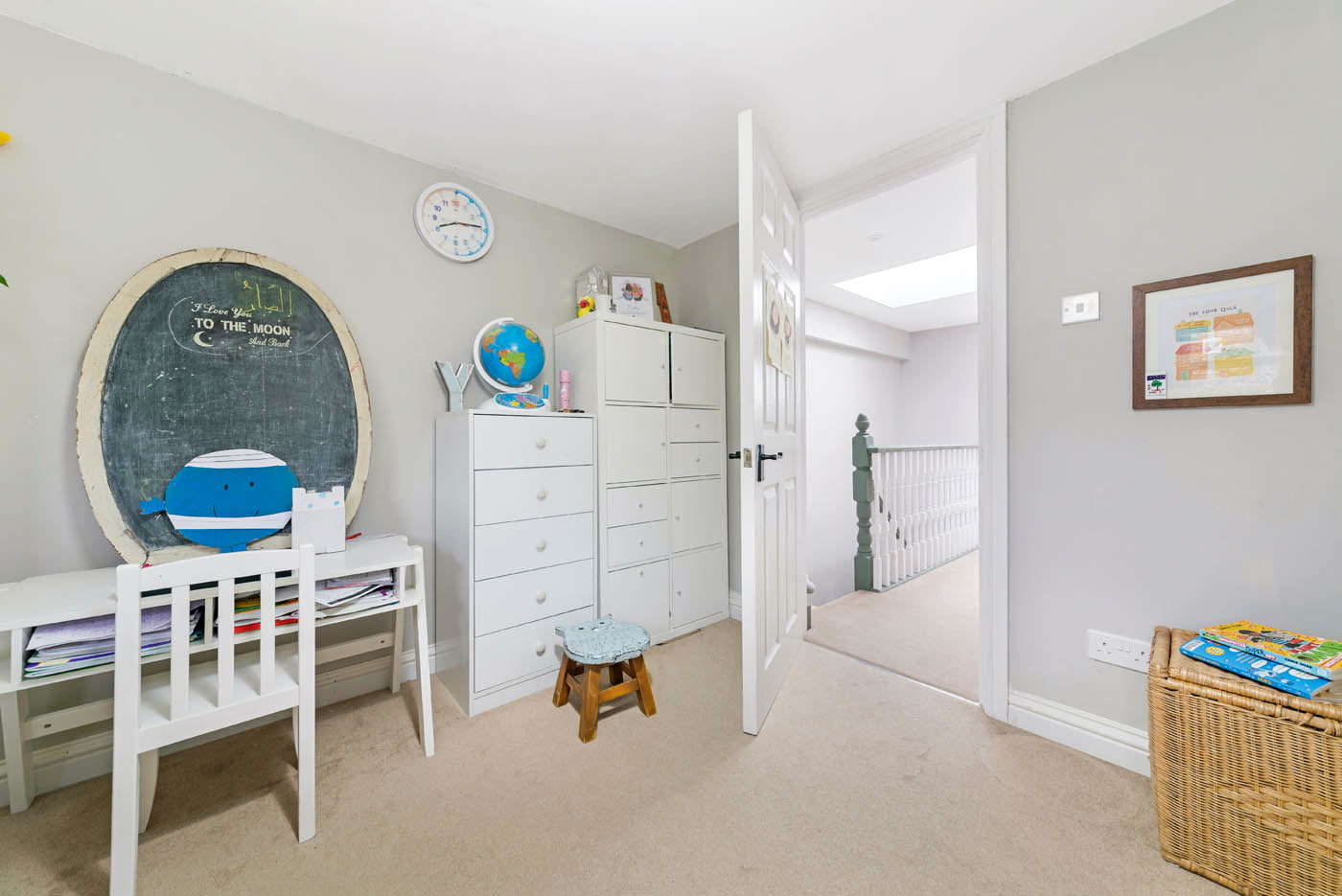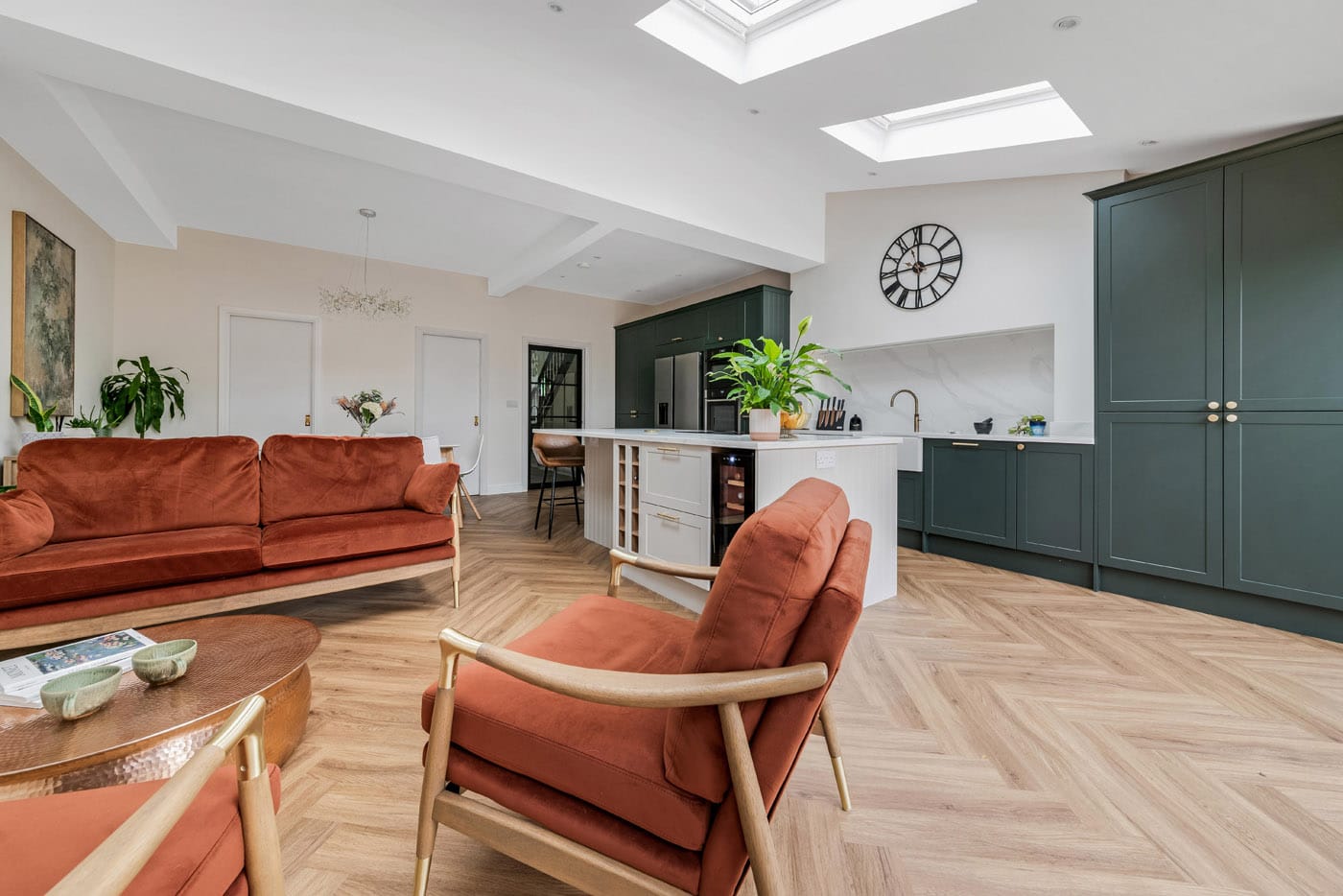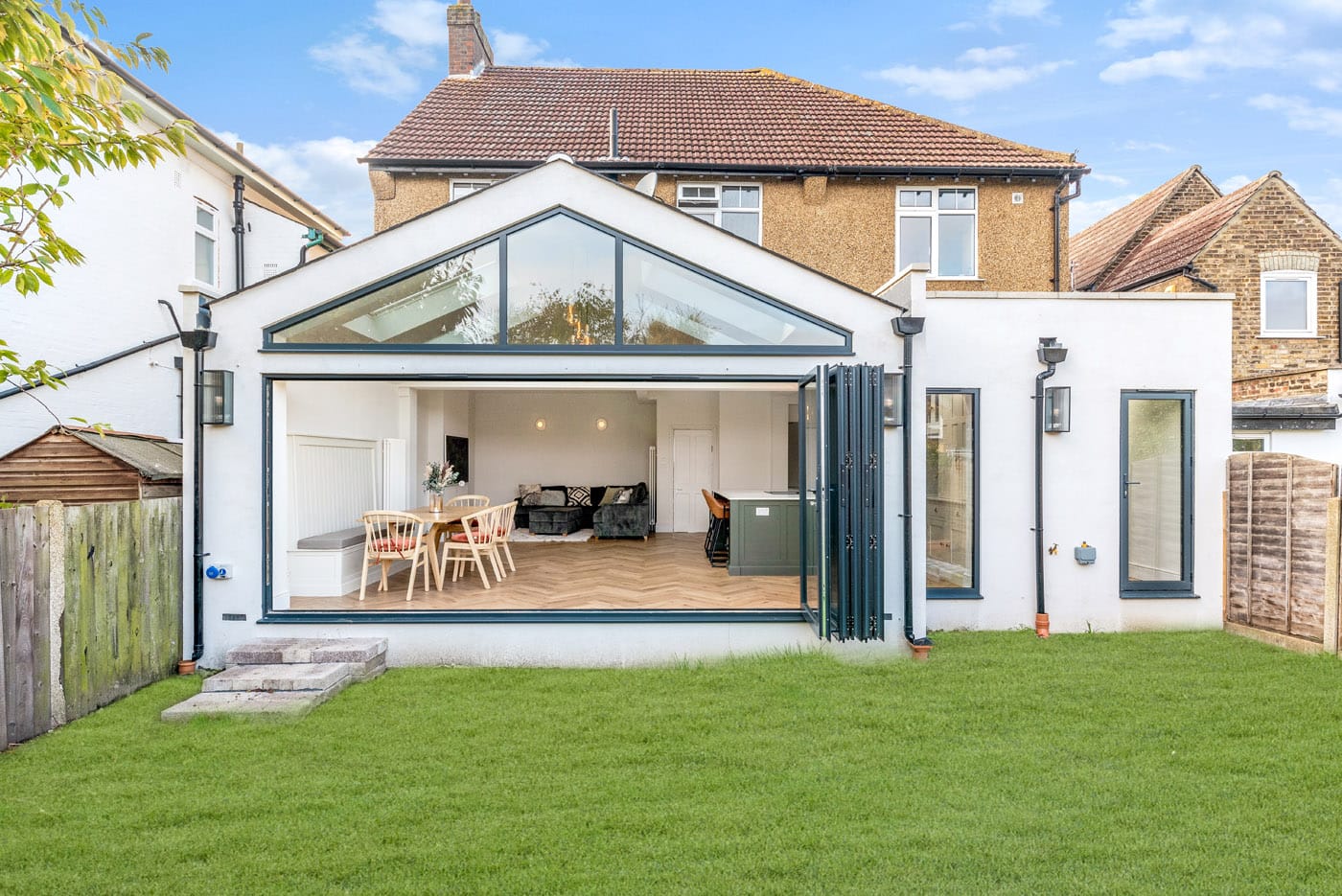Expanding your kitchen can significantly enhance your home’s functionality and value, but it doesn’t have to break the bank. If you’re considering a kitchen extension on a budget, understanding the different types of extensions and their costs can help you make an informed decision. Here’s a guide to the most cost-effective kitchen extension options.
Rear Kitchen Extensions
Extending the back of your house to create a larger kitchen space is generally one of the more affordable options, especially for properties with ample backyard space.
Benefits:
Simplicity: Straightforward design and construction reduce complexity and cost.
Integration: Easily integrates with the existing structure, minimizing the need for extensive structural changes.
Considerations:
Planning Permission: Usually falls under permitted development, avoiding the need for extensive planning permission.
Space Utilization: Ideal if you have a decent-sized backyard that can accommodate the extension.
Side Return Extensions
Utilizing the narrow alleyway along the side of a property, commonly found in terraced or semi-detached houses, can be more economical due to the use of otherwise wasted space.
Benefits:
Space Optimization: Makes effective use of the side alley, which is often underutilized.
Natural Light: Incorporating glass roofing or large windows can flood the kitchen with natural light.
Considerations:
Planning Permission: Generally falls under permitted development but always check local regulations.
Width Constraints: Limited by the width of the side alley, which may restrict the extension size.
Single-Storey Kitchen Extensions
A single-storey extension to the rear or side of your property is more affordable compared to double-storey extensions due to lower construction costs.
Benefits:
Flexibility: Can be tailored to various sizes and layouts to fit your budget.
Ease of Construction: Less structural complexity compared to multi-storey additions, reducing labor and material costs.
Considerations:
Planning Permission: Often falls under permitted development rights, simplifying the approval process.
Foundation Work: Still requires proper foundation work, which is a key cost factor.
Tips for Reducing Kitchen Extension Costs
Stick to the Basics: Avoid overly complex designs and high-end finishes. Simple, functional designs can be both beautiful and cost-effective.
Use Cost-Effective Materials: Opt for affordable, durable materials that offer good value for money.
Plan for Permitted Development: Design your extension to fall within permitted development rights to avoid the costs and delays associated with planning permission.
